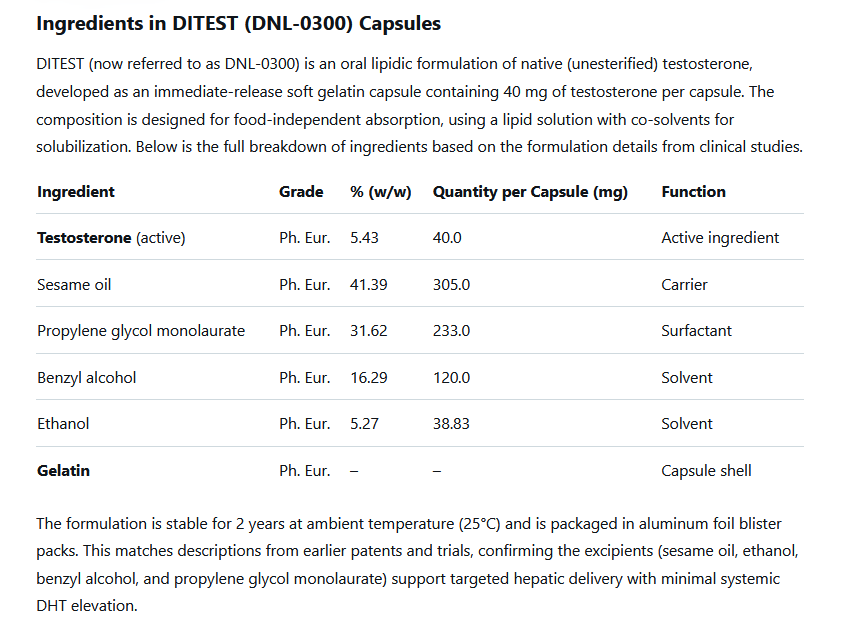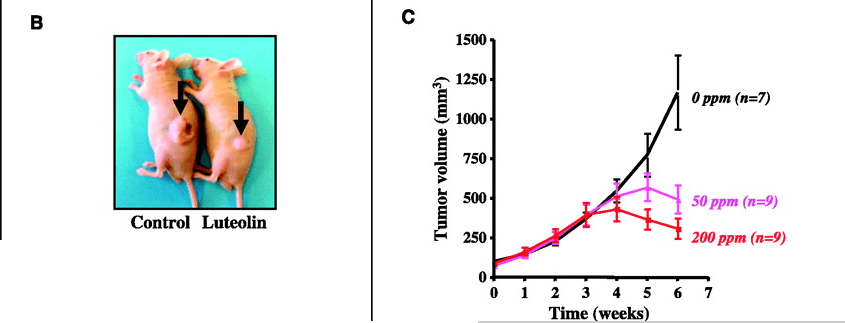@DavidPS why do you post the pipeline maps? re:"spraying would intensify fires", there is actually a company here that says they are investigating how to create rain to fight fires. my thought is they are testing either rain making material or UV blocking spray.
the day I made this post it got extremely hazy towards the late afternoon. I didn't smell wildfire smoke and I'm not aware of any significant fires. the map you posted doesn't show much around me. maybe It was a weather system trapping normal amounts of pollution which caused the intense haze, I think it could have been from the spraying though. That day and night the sound of planes flying went on until it was dark and even a little after it began darkness. It sounded like I live next to a busy airport. there's an airport here but it isn't that busy. the amount of lingering contrails / chemtrails (whatever you wanna call them) in the sky was actually obscene and I have to actively stop myself from gaslighting myself into making myself think its normal, cause it isn't. They actually ruined a a sunny clear blue sky day on the day I posted the OP. I had also seen 2 slow moving planes leaving the area at one point and at that moment I called the navigation authority and asked them to tell me who these two planes were and the guy said they weren't sending transponder signals so he has no clue. I don't think this agency actually has radar, they are simply a public agency that logs flights and reads transponders. So as I was describing these two planes flying in close formation going in a specific compass direction, he could tell me there was nothing matching that description on the live maps. This is something anyone can do with the online live flight maps themselves, and which I have been referencing since. On this day I actually saw a checkerboard pattern in the sky which is really hilarious to me, especially with people trying to tell me this is normal for the airspace here.
The next day was mostly nice and normal, with clear blue skies, someone did send me a couple snaps of some really intense lingering contrails from one flight which I didn't see myself. It was quiet out and there was almost no sound of planes, and it was funny comparing it to the day before with how busy it was with droning plane sounds and the sky getting covered in criss crossing patterns.
I saw it again 2 days later, they were leaving streaks in parallel runs in the morning on an otherwise blue sky day, and when I tried to match the actual flight with a live flight map there was nothing, I witnessed 2 streaks in real time but in total they looked like they did about a dozen (I didn't constantly look at the spot, I was doing other stuff and not intently monitoring), these streaks stayed in the sky, and gradually morphed into really weak hazy cloud cover. later on in the day a dark stormfront came in and covered everything, but no rain.
I think they might have been trying to make a cloud wall to encourage the passing storm clouds to drop the precipitation over the town. it didn't work, though.


